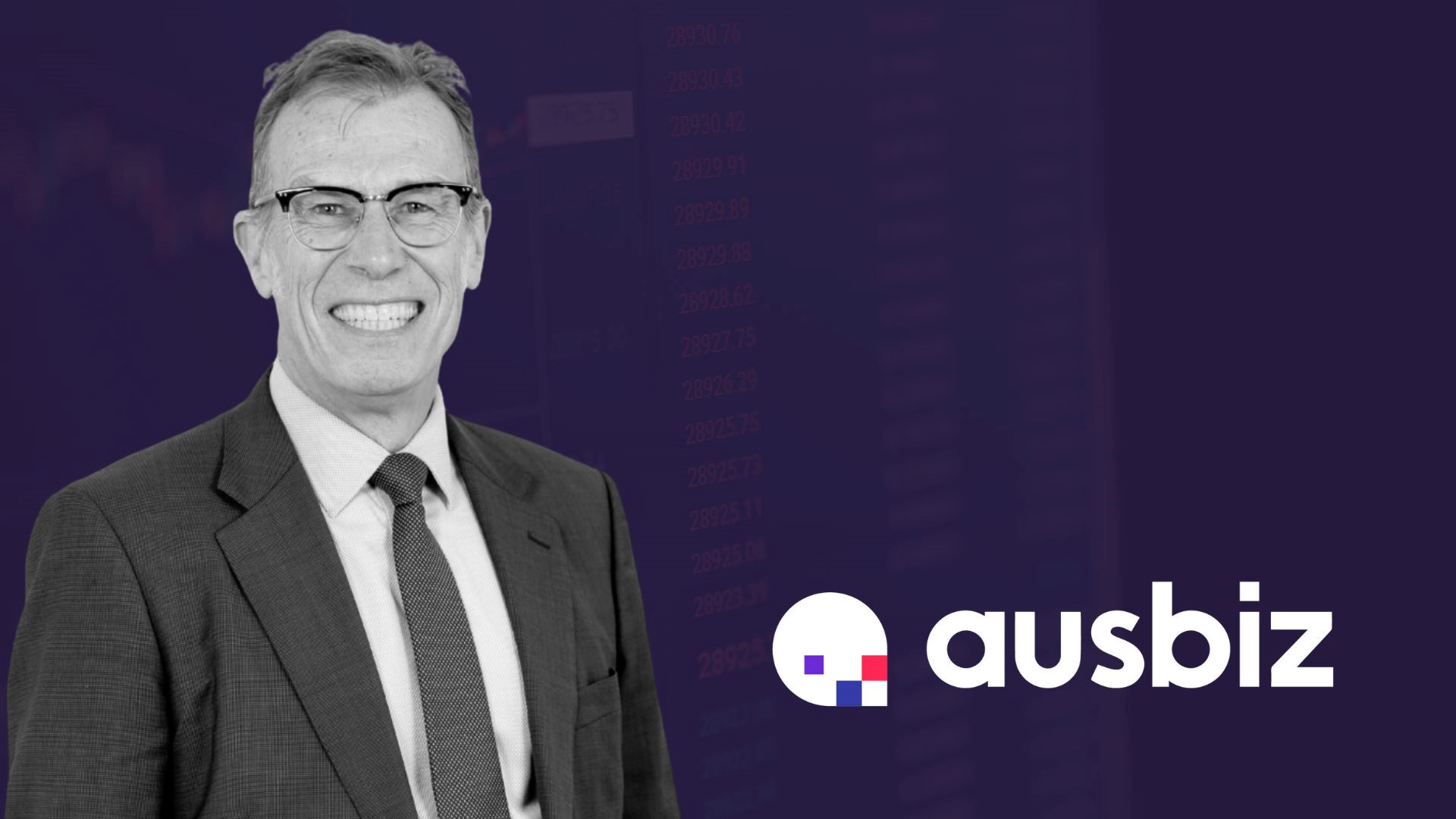Enter inflation, the wild card in this market. Bonds don’t perform well in inflationary environments.
A questionable environment for bonds
As the world slowly recovers from COVID, and economies recover, inflation becomes more of a concern. While on the one hand low-interest rates may be great for housing and great for borrowers, investors are the ones taking the risk to source increasingly scarce yield.
First it was the margin calls in the securitised space arising from the initial COVID shock in March and April last year, and then in more recent times, we’ve had securitised invoices or receivables causing investor angst.
What does this mean for passive bond funds?
Two trends emerged from the GFC – lower for longer interest rates and a newfound interest in low cost passive investments. Equity based ETFs led the charge, with the first fixed income ETF launching in March 2012. While the investment case for most index following equity ETFs is fairly obvious, it’s less so when you consider the composition of bond indices.
One of the early bond ETFs was designed to mimic the Bloomberg AusBond Composite 0+ Yr Index, a composite of treasury, semi-government and credit indices.
The value of a bond ETF rises and falls each day, based on the value of the underlying bonds in the index. In a rising rate environment, those bond values will fall.
One of the biggest concerns for investors is that bond indices are generally most heavily weighted to the biggest debtors and the ETF have exposure to fixed income securities and countries with significant amounts of outstanding debt.
If the index has a longer duration profile (those with the longest time to maturity) those with the longest time to maturity), the fund generally reflects that duration too. It’s important to remember, the longer a bond has until maturity, the more sensitive its value is to a change in interest rates. In a rising rate environment, an ETF full of long duration securities will lose a significant amount of value.
Where should investors look?
Inflation and its impact on financial assets are hot topics. History has demonstrated that long duration bonds – such as government or semi-government bonds – generally perform poorly in an inflationary environment. Traditional ‘benchmark aware’ bond funds tend to be exposed to longer duration assets.
In this environment, investors should be looking at variable rates – known as floaters or floating rates. Equally, investors need to beware of about being too far out in duration if inflation does present itself.
Investors should look for a fixed income manager with an unconstrained or absolute return investment strategy, one where the Fund is not beholden to a benchmark. Even a traditional bond fund, one measured against a benchmark, carries inherent risk, especially when interest rates start to rise.
Unconstrained strategies are typically managed to beat a cash or equivalent benchmark, rather than a bond index; this removes constraints around duration and sector positioning. Global fixed income gives investors a better opportunity set than just local fixed income and an unconstrained global approach allows for investment the full spectrum of fixed income assets, of both long and short duration, providing a large degree of flexibility to position the fund accordingly as markets change.
So, if you’re looking for a fixed income investment that’s well-positioned to ride out the challenges in the year ahead, make sure it’s global, unconstrained and managed by an expert team.
The advice contained in this article is general and does not consider your objectives, financial situation or needs. The information and views contained in this update reflect, as of the date of publication, the current opinion of the author and are subject to change without notice. Before making an investment decision in relation to a Fund, investors should consider the appropriateness of this information, having regard to their own objectives, financial situation and needs. This document is issued on 12 October 2021.






